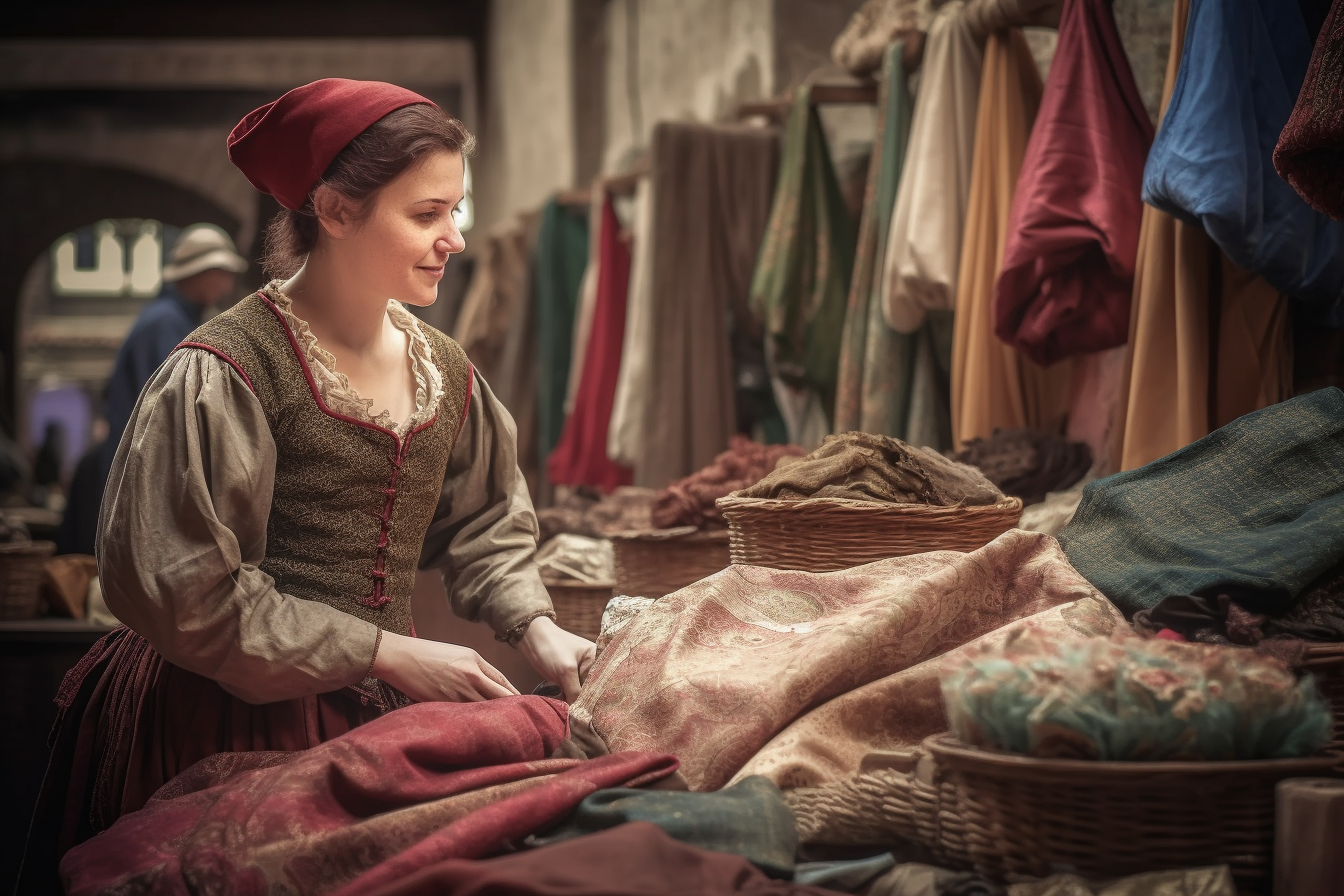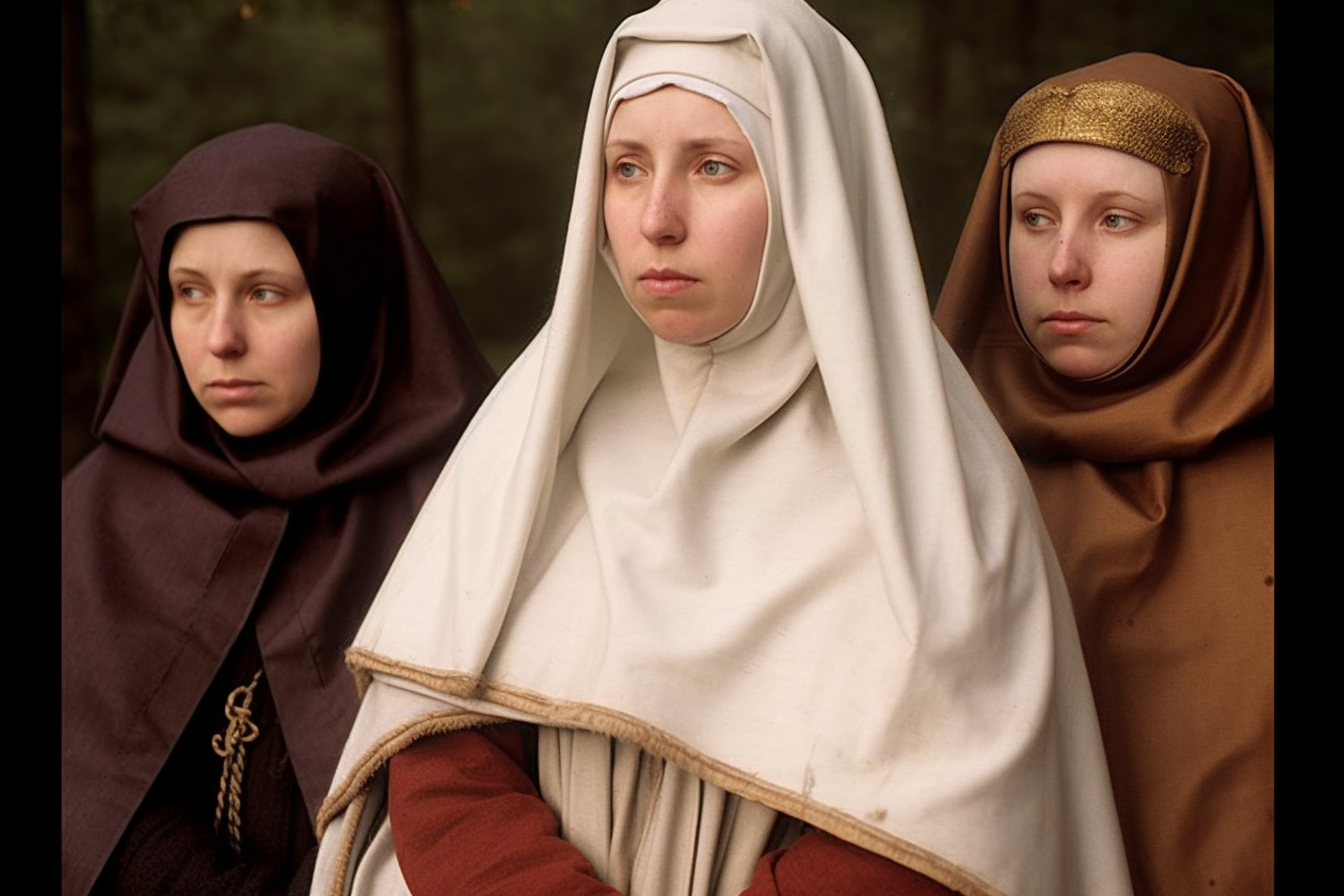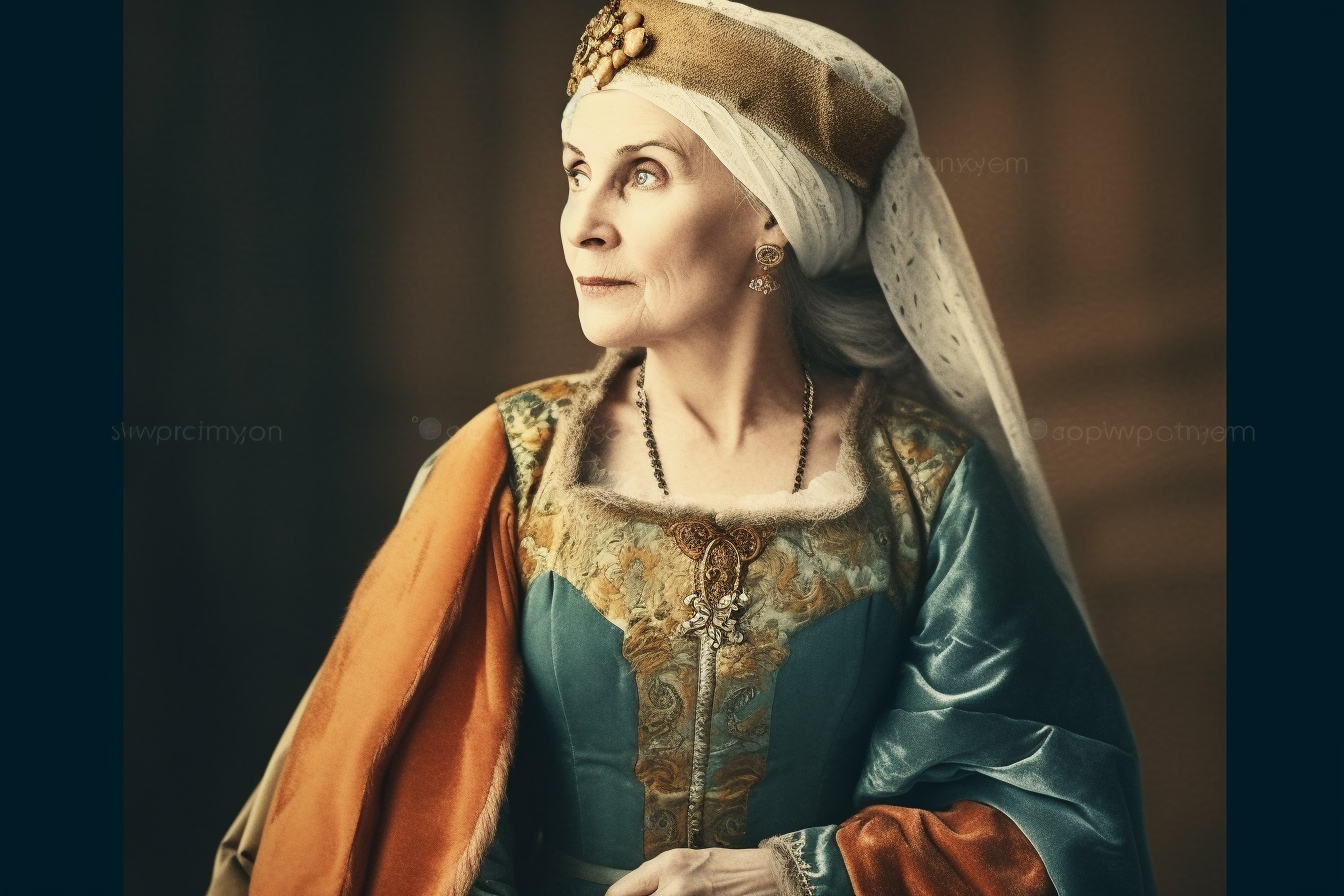Women's Clothing in Medieval Reenactment: Unveiling the Rich Attire of the Past
Step into the enchanting world of medieval reenactment and experience a fascinating journey through time. The realm of historical reenactment offers a window into the past, allowing us to immerse ourselves in the lives and attire of medieval women. In this article, we will delve into the intricate details of women's clothing in medieval reenactment, exploring the various elements such as shoes, undergarments, skirts, belts, and jewelry. Prepare to be captivated by the elegance, grace, and complexity of medieval fashion.
Shoes - The Foundation of Medieval Elegance
Medieval footwear was designed not only to provide comfort but also to reflect the wearer's social status. Noblewomen often wore pointed-toe shoes made of fine materials such as velvet or leather, adorned with intricate embroidery or embellishments. Peasants, on the other hand, opted for simpler shoes made of rougher materials like cloth or unadorned leather.
Undergarments - The Hidden Layers of Medieval Fashion
Beneath the sumptuous outer garments, medieval women donned various undergarments to shape their silhouettes. A chemise, a loose-fitting linen garment, was worn next to the skin to absorb perspiration and protect the outer layers from body oils. The kirtle, a close-fitting dress-like garment, was often worn over the chemise to provide additional support and shape.
Skirts - Graceful Drapes and Vibrant Colors
Medieval skirts were an epitome of grace and elegance. The length, shape, and materials used varied depending on the region and time period. Women's skirts featured rich colors such as deep blues, vibrant reds, and earthy greens. The fabrics ranged from luxurious velvet and brocade for the elite to more practical wool and linen for the common folk.

Bodices and Corsets - Enhancing the Feminine Form
To achieve the desired silhouette, medieval women relied on bodices and corsets. These structured garments were typically made of sturdy materials like whalebone, wood, or metal. They were designed to cinch the waist, creating an hourglass shape and accentuating the curves of the female figure.
Belts - Fashionable Accessories with Multiple Functions
Belts in medieval times were not only stylish but also functional. They were used to secure the skirts, emphasize the waistline, and hold various accessories such as pouches, knives, or keys. Belts were often crafted from leather, adorned with decorative buckles, engravings, or gemstones, showcasing the wearer's taste and status.
Headwear - Crowning Glory of Medieval Fashion
Medieval women adorned their heads with a variety of headwear. Veils, hoods, wimples, and coronets were common choices. Veils were worn to show modesty and could be sheer or opaque, depending on the occasion. Hoods provided warmth and protection from the elements, while coronets were reserved for noblewomen, symbolizing their rank and status.

Jewelry - Sparkling Accents of Prestige and Beauty
Jewelry played a crucial role in medieval fashion, symbolizing wealth, status, and personal taste. Women adorned themselves with necklaces, rings, bracelets, and brooches, often embellished with precious gemstones. Pearls, rubies, sapphires, and emeralds were particularly sought after, adding a touch of luxury to any ensemble.
Outer Garments - Cloaks, Mantles, and Surcoats
To shield themselves from the elements, medieval women layered their attire with outer garments. Cloaks, mantles, and surcoats not only provided warmth but also added a regal touch to their appearance. These garments were often made from luxurious fabrics and could be lined with fur or trimmed with decorative embroidery.
Accessories - Details that Complete the Ensemble
In addition to the essential elements of medieval clothing, accessories were key to completing the overall look. Pouches, purses, fans, handkerchiefs, and gloves were all carefully chosen to match the outfit and serve practical purposes. These accessories were meticulously crafted and often reflected the prevailing fashion trends of the time.

Conclusion
Delving into the realm of medieval reenactment allows us to appreciate the artistry and craftsmanship of women's clothing from centuries past. Every garment, from the shoes to the jewelry, played a significant role in expressing one's status, style, and identity. By understanding the intricacies of medieval fashion, we can not only enrich our historical knowledge but also celebrate the enduring allure and elegance of women's clothing throughout the ages.
As you embark on your own medieval reenactment journey, remember to embrace the beauty and individuality of this remarkable era. Whether you're participating in a reenactment event or simply immersing yourself in the history, let the clothing of medieval women transport you to a bygone world of splendor and grace.